A new article analyzes in depth the physical problems associated with DNA packaging that have often been neglected in structural models of chromosomes. The study demonstrates that the multilaminar organization of DNA, proposed from previous experimental research, is fully compatible with the structural and functional properties of chromosomes.
Researchers explain the organization of DNA in chromosomes from repetitive interactions between nucleosomes
The enormously long genomic DNA molecules in eukaryotic organisms must be tightly folded to fit into the micrometric dimensions of the chromosomes compacted during mitosis to protect the genetic information before cell division. Histones proteins were selected early in evolution to transform DNA into chromatin filaments formed by many nucleosomes. The central part of each nucleosome is a cylindrical structure formed by approximately two turns of DNA wrapped around an octamer of histones.
The spontaneous formation of well-defined three-dimensional patterns is in agreement with the contemporary research in nanoscience and nanotechnology that has been obtaining many impressive structures of different sizes, self-assembled from different biological and synthetic repetitive building blocks.
Human Biology Epigenetics Genetics Biochemistry Research Biotechnology Organic Chemistry Engineering And Construction Engineering
United States Latest News, United States Headlines
Similar News:You can also read news stories similar to this one that we have collected from other news sources.
 Researchers investigate cell-free DNA as early sepsis marker in foalsIt's hard to be a horse. It's especially hard to be a newborn foal, dropped into a world of microbes and bacteria with your sole initial defense against devastating infections being the antibodies you get from your mother's milk, or colostrum.
Researchers investigate cell-free DNA as early sepsis marker in foalsIt's hard to be a horse. It's especially hard to be a newborn foal, dropped into a world of microbes and bacteria with your sole initial defense against devastating infections being the antibodies you get from your mother's milk, or colostrum.
Read more »
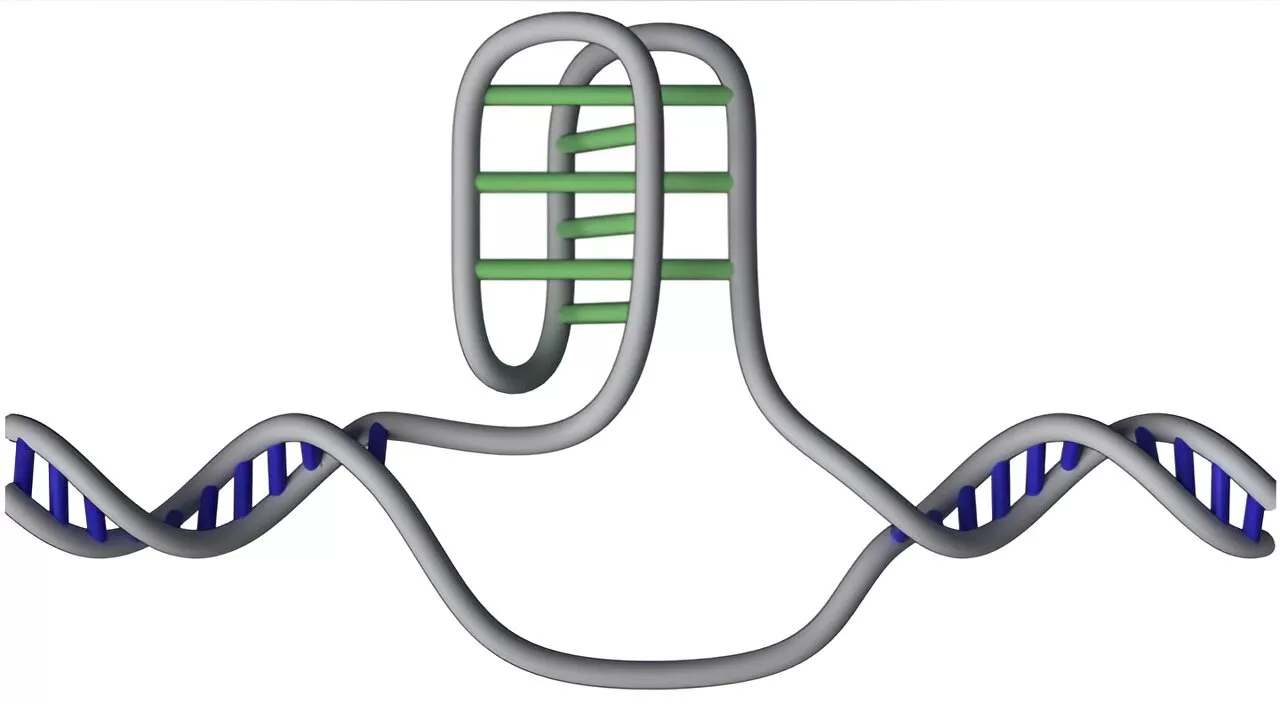 Researchers map 50,000 of DNA's mysterious 'knots' in the human genomeResearchers have mapped 50,000 of DNA's mysterious 'knots' in the human genome. The innovative study of DNA's hidden structures may open up new approaches for treatment and diagnosis of diseases, including cancer.
Researchers map 50,000 of DNA's mysterious 'knots' in the human genomeResearchers have mapped 50,000 of DNA's mysterious 'knots' in the human genome. The innovative study of DNA's hidden structures may open up new approaches for treatment and diagnosis of diseases, including cancer.
Read more »
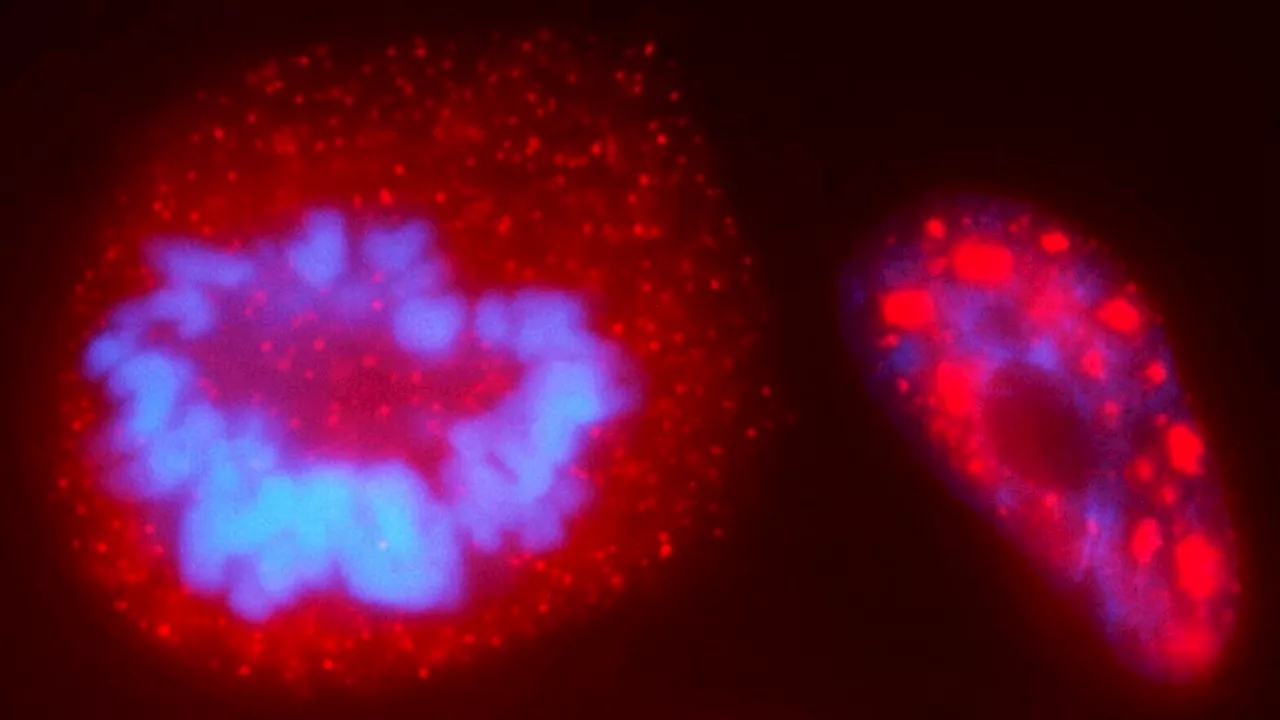 Researchers bend DNA strands with light, revealing a new way to study the genomeWith the flick of a light, researchers have found a way to rearrange life's basic tapestry, bending DNA strands back on themselves to reveal the material nature of the genome.
Researchers bend DNA strands with light, revealing a new way to study the genomeWith the flick of a light, researchers have found a way to rearrange life's basic tapestry, bending DNA strands back on themselves to reveal the material nature of the genome.
Read more »
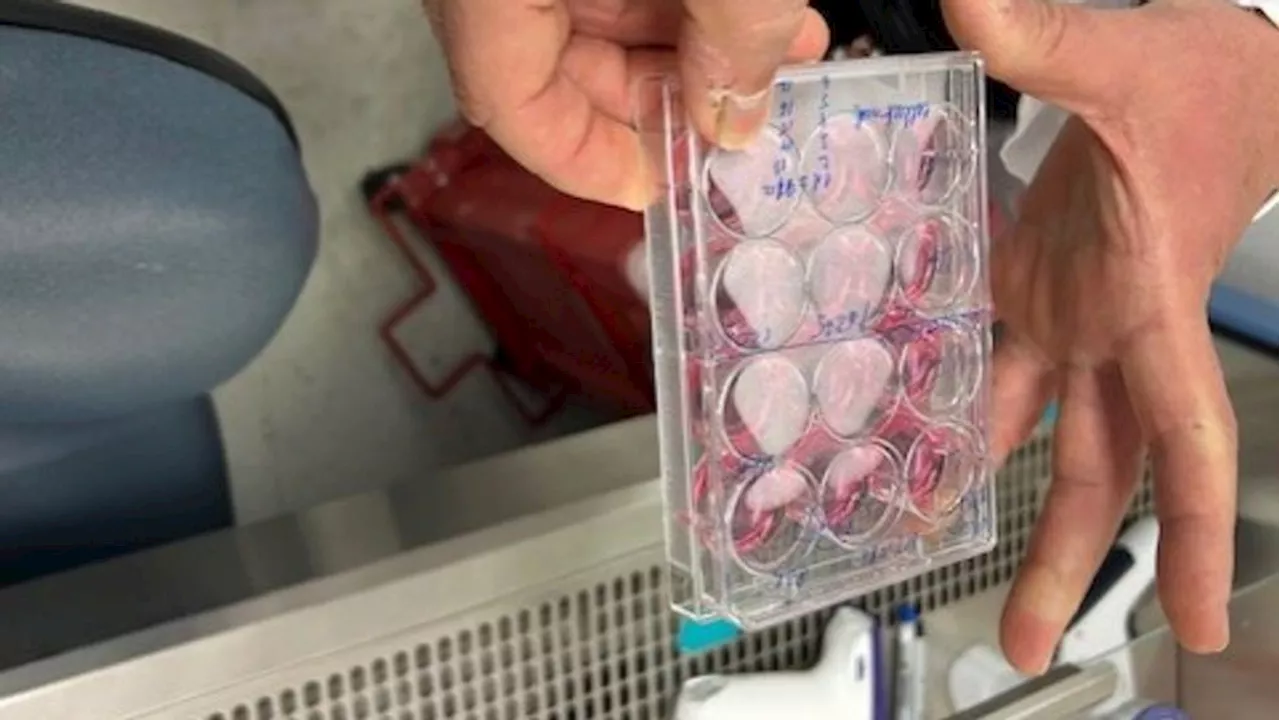 University of South Alabama researchers studying mitochondrial DNA phenomenonUniversity of South Alabama researchers are helping to pave the way for artificial mitochondria creation.Dr. Mikhail Alexeyev, a professor at the Frederick P. W
University of South Alabama researchers studying mitochondrial DNA phenomenonUniversity of South Alabama researchers are helping to pave the way for artificial mitochondria creation.Dr. Mikhail Alexeyev, a professor at the Frederick P. W
Read more »
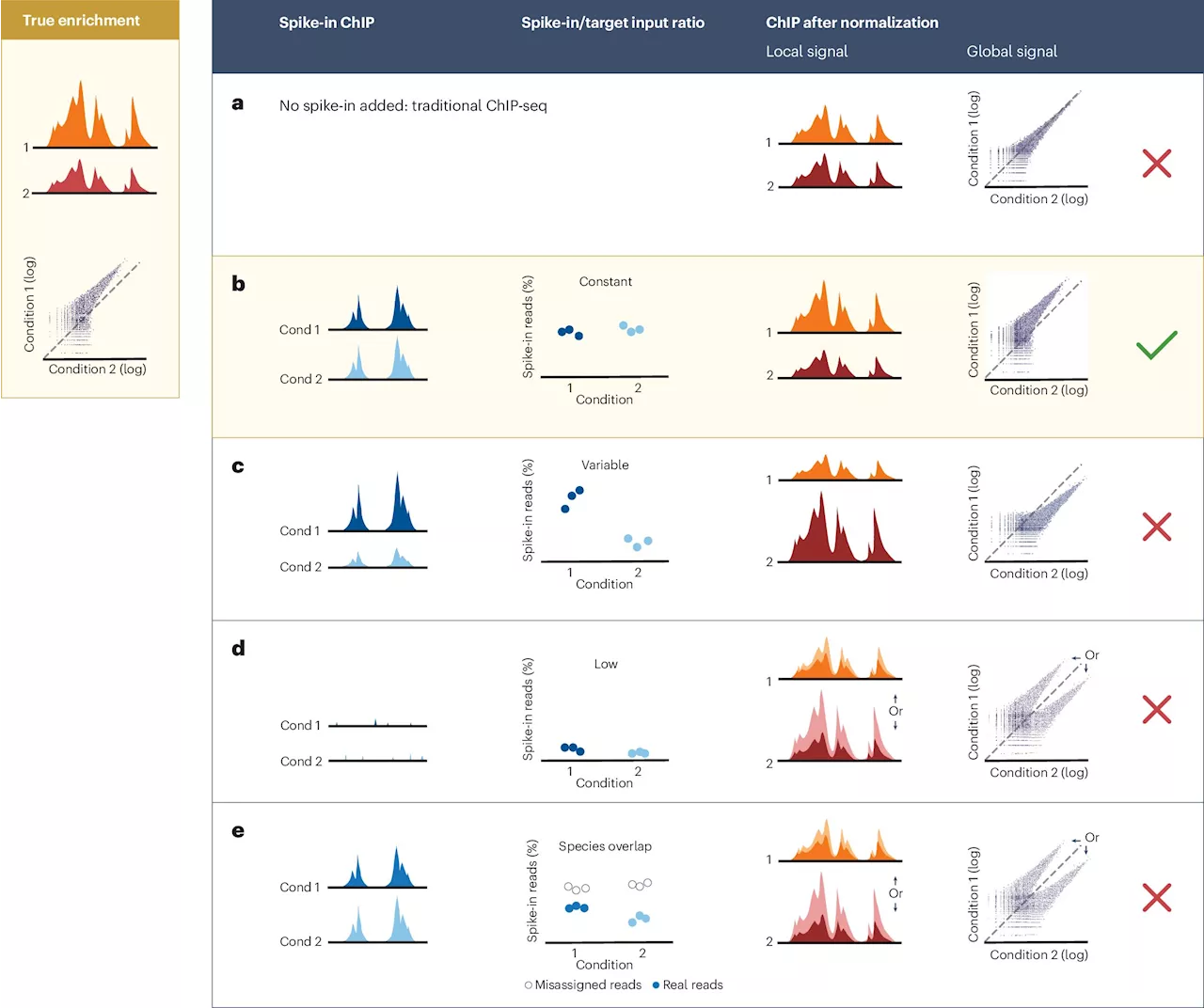 Technique to study how proteins bind to DNA is easily misused: Researchers offer a solutionResearchers at University of California San Diego have published new guidelines that could help scientists significantly improve their results when quantifying the interactions between DNA and proteins.
Technique to study how proteins bind to DNA is easily misused: Researchers offer a solutionResearchers at University of California San Diego have published new guidelines that could help scientists significantly improve their results when quantifying the interactions between DNA and proteins.
Read more »
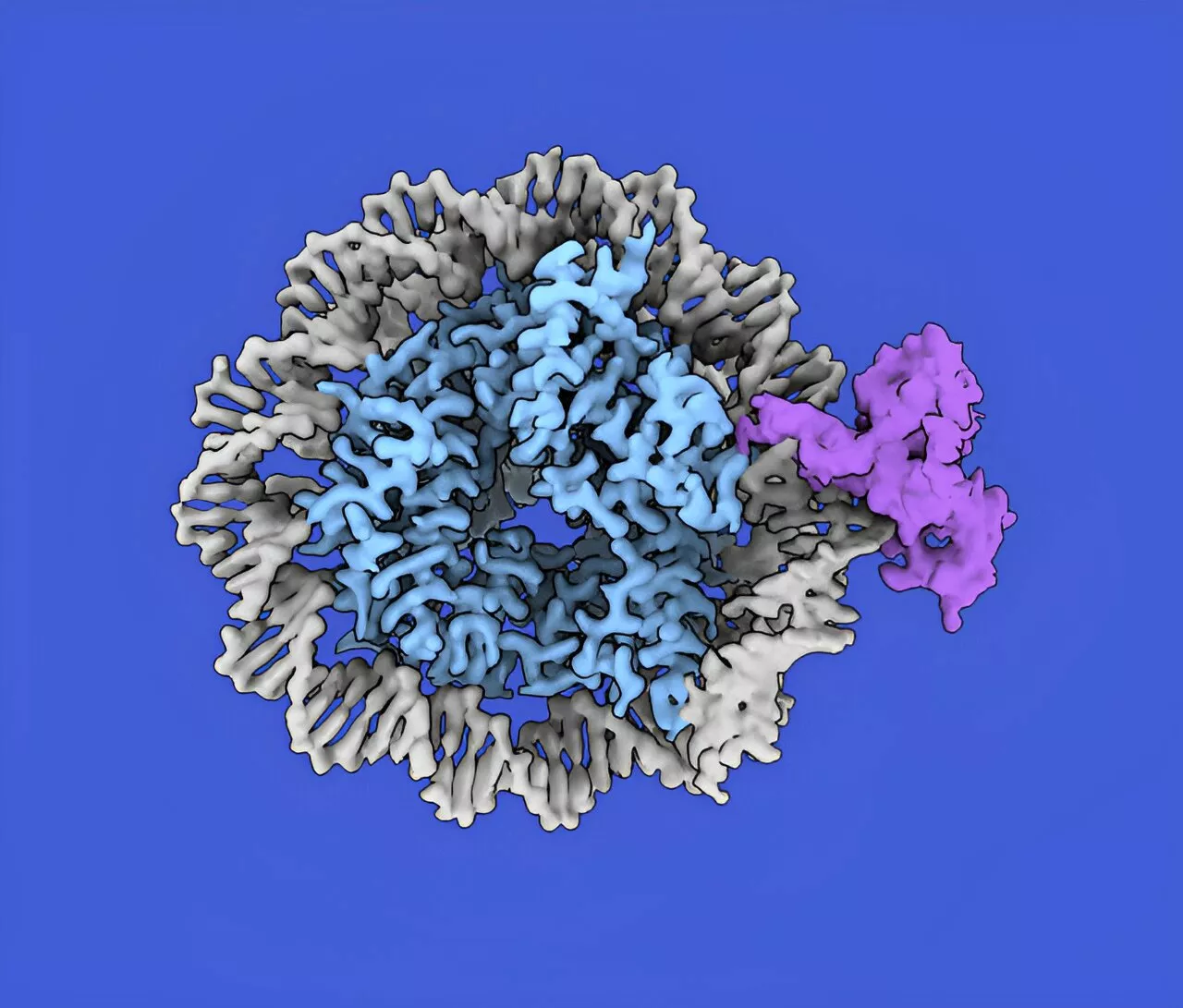 New genetic sensor for DNA methylation discoveredDNA methylation is a process in which a methyl group is attached to the cytosine base of the DNA molecule, and is a major way that DNA is epigenetically marked. Epigenetic modifications can act as on–off switches to regulate gene expression and help generate diverse cell types without changing the underlying DNA sequence.
New genetic sensor for DNA methylation discoveredDNA methylation is a process in which a methyl group is attached to the cytosine base of the DNA molecule, and is a major way that DNA is epigenetically marked. Epigenetic modifications can act as on–off switches to regulate gene expression and help generate diverse cell types without changing the underlying DNA sequence.
Read more »
